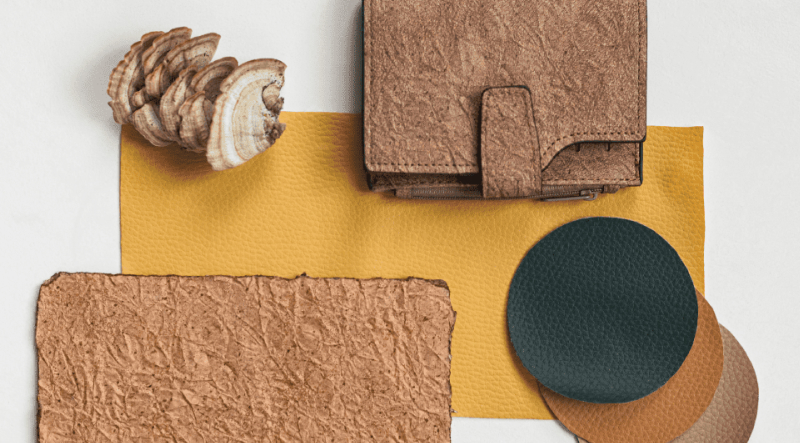
Natural Origins
Vegan leather is produced from natural sources such as bamboo, cactus, and fibers from fruits like apples, bananas, and pineapple leaves. This not only creates a final product with aesthetic appeal and durability but also ensures that the product is environmentally friendly right from the raw material stage.
Durability and Aesthetics
To ensure both aesthetics and durability, manufacturers have incorporated industrial adhesives. However, the amount of adhesive used in vegan leather is usually lower than in other synthetic leathers, making it a more sustainable choice.
Biodegradability
A standout feature of vegan leather is its ability to biodegrade in the natural environment, with an average decomposition time of around 300 days, depending on the natural carbon content in the product. This helps minimize waste and environmental impact.
Recyclability
By-products from the production process of vegan leather can be recycled into organic fertilizers, adding another reason why vegan leather is a sustainable choice.
Popularity in the Fashion Industry
With its superior advantages, vegan leather is gradually becoming a trend in the fashion industry. Renowned fashion houses such as Gunas, Stella McCartney, and Angela Roi have led the way in incorporating vegan leather into their designs, from shoes to handbags, proving that luxury fashion and sustainability can go hand in hand.
Vegan leather is not just a fashion choice but also a symbol of a sustainable lifestyle and environmental consciousness. The development of vegan leather demonstrates that we can make a difference, one choice at a time, towards a greener and more equitable future for all species. At M.HAT, we are dedicated to developing and harnessing alternative material lines, promoting the creative application of these materials in the production process.
